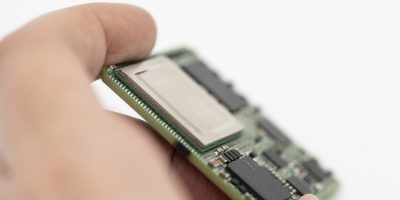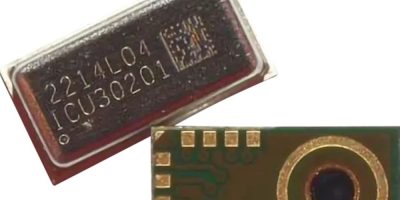Electronic identification (eID) documents are seeing growing demand worldwide as governments push ahead with their digitalisation efforts. To meet these rapidly evolving requirements more quickly and flexibly, Infineon has introduced two new solutions, SECORA ID V2 and the eID-OS. These solutions offer local security printers and card manufacturers greater flexibility in selecting the right solution for their specific project requirements, while helping to reduce development time and accelerate deployment.
SECORA ID V2 is the successor to the SECORA ID V1 Java Card solution for electronic ID and authentication applications in the public sector. The V2 version of SECORA ID increases transaction speed by up to 80 percent compared to its predecessor. It is based on a 40 nm hardware architecture and can transfer data at speeds of up to 6.8 MBit/s. This enables faster personalisation and processing of ID documents and allows for quick and smooth identity checks at borders and security checkpoints. SECORA ID V2 is based on the latest Java Card 3.1 standard and supports biometric match-on-card functions to increase user data protection. Customers benefit from Infineon’s broad applet toolset. It also supports payment tools such as Visa, Mastercard, and Calypso as well as the crypto vision ePasslet Suite. This wide range of applets enables developers to easily integrate and quickly deploy highly customised ID solutions. Furthermore, the sandbox enables the integration of native code without compromising security standards. The SECORA ID V2 platform is Common Criteria EAL6+(high) certified and EMVCo approved.
Infineon eID-OS is the latest addition to the portfolio of native solutions, combining the latest TEGRION security controller with a native operating system. Designed for basic ID application projects, it offers a performance and cost-optimised solution with fast time-to-market. The standards compliant solution is targeting CC EAL 5+ eMRTD (Common Criteria Evaluation Assurance Level for electronic Machine Readable Travel Document) certification and is housed in advanced packaging technology. It optimises the development process, enables rapid deployment, and reduces maintenance costs. Featuring a powerful 32-bit CPU, advanced cryptography accelerators, and the robust Integrity Guard 32 security architecture, eID-OS enables fast and secured transactions with processing times of less than 0.5 seconds. Thanks to simplified implementation, personalisation, and administration, as well as a secured chain of trust and automatic data size detection, customers benefit from low total cost of ownership. In addition, Infineon’s ultra-thin contactless coil-on-module package supports thinner electronic data pages, reducing document costs and the carbon footprint. The space saved can alternatively be used for an additional security layer, making this solution ideal for modern eID projects.







